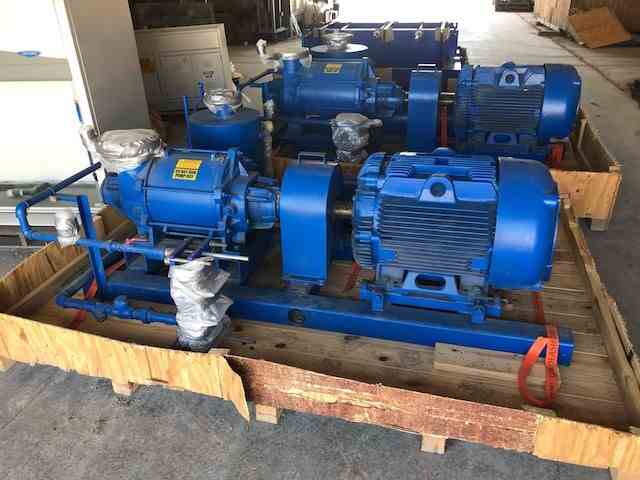Considering a Vacuum Pump
When taking into consideration a vacuum pump there are a number of different points to think about. Among the important things that you will intend to think about is the kind of gadget that runs your air pump. As with every little thing, there are pros and cons. Let’s take a look at some of the different devices you can pick from to run your air pump.
One of the gadgets is an ejector. This is one of the easiest and most commonly utilized vacuum cleaner producers. The standard procedure of the ejector is that it converts the pressure energy of an objective fluid into speed power as it flows via a usual little nozzle. Ejectors make use of several types of motive liquid. Steam is one of the most common fluids. A few of the pros of an ejector for an air pump are:
1. It is a simple design
2. It has no relocating components that make it to make sure that there is not much wear
3. Has the alternative of being fabricated from any type of steel. It can even be made of different types of plastics.
4. Using an ejector for a vacuum pump often tends to be among the least expensive means to make a vacuum tool
5. Can offer the largest throughput capacity of any kind of type of vacuum cleaner generating tool
6. It is easy to start up or shut down the vacuum pump. There are no unique means to do it so it is simple for any individual.
7. Because of not having relocating components and also being a simple design it is simple to fix and extremely reduced maintenance.
Every one of these things sounds wonderful, but there are some negative aspects to an ejector as a gadget for a vacuum pump. Some of those disadvantages are:
1. There is a demand for the pressurized motive fluid
2. It is unavoidable that contamination of the intention fluid will happen
3. It can be noisy
4. With the noise it might require discharge silencers or sound insulation
5. Most of the time there is a demand for an air conditioning liquid source
One more alternative for an air pump device is a liquid ring pump. This air pump device is a multi-bladed impeller with a shaft that is installed so that it can be eccentric to the ring of fluid. Essentially, as the blades turn toward the discharge side of the pump the pockets reduce in size, and the left gas is pressed, enabling its discharge. If you want to find great information, take a look at this web-site to learn more.

Several of the benefits of a fluid ring pump for an air pump are:
1. Easier design than the majority of air pump
2. It employs only one turning setting up
3. It can be created from any kind of castable metal
4. It has minimal noise as well as resonance
5. It has a really little rise in the temperature of the discharged gas
6. Can take care of condensable tons
7. There is no damage from fluid or tiny particulates entrained at the same time liquid
8. The maintenance is really simple compared to various other air pumps
9. If the pump requires to be restored it is straightforward
10. It has a sluggish rotational speed which offers it a much longer running life
11. Can quickly be started and stayed and also over
12. Can use any kind of fluid for the sealant liquid
Like everything, there are disadvantages to the fluid ring pump. Here are some of the cons:
1. It is inescapable that there will be a mixing of the evacuated gas with the sealing fluid
2. High power requirement in order to form and keep the liquid ring
3. Because of the high power need it leads to a bigger electric motor than for other kinds of vacuum pumps
4. There is a risk of cavitations. This suggests that it calls for a section of the procedure tons to be noncondensable under the pump operating problems.
5. The achievable vacuum is limited by the vapor stress of a sealer fluid at the operating temperature level.
Another option for an air pump is a dry pump. A dry pump does not require any kind of functioning liquids. There are 3 different types of air pumps offered. They are hook and claw, screw and wattle types. These sorts of air pump function by 2 various kinds of systems. There is either volumetric reduction or the blending of lower-pressure gas with the higher-pressure discharge gas. With a completely dry pump, it normally runs warm, because there is no fluid to take in the heat of compression.





